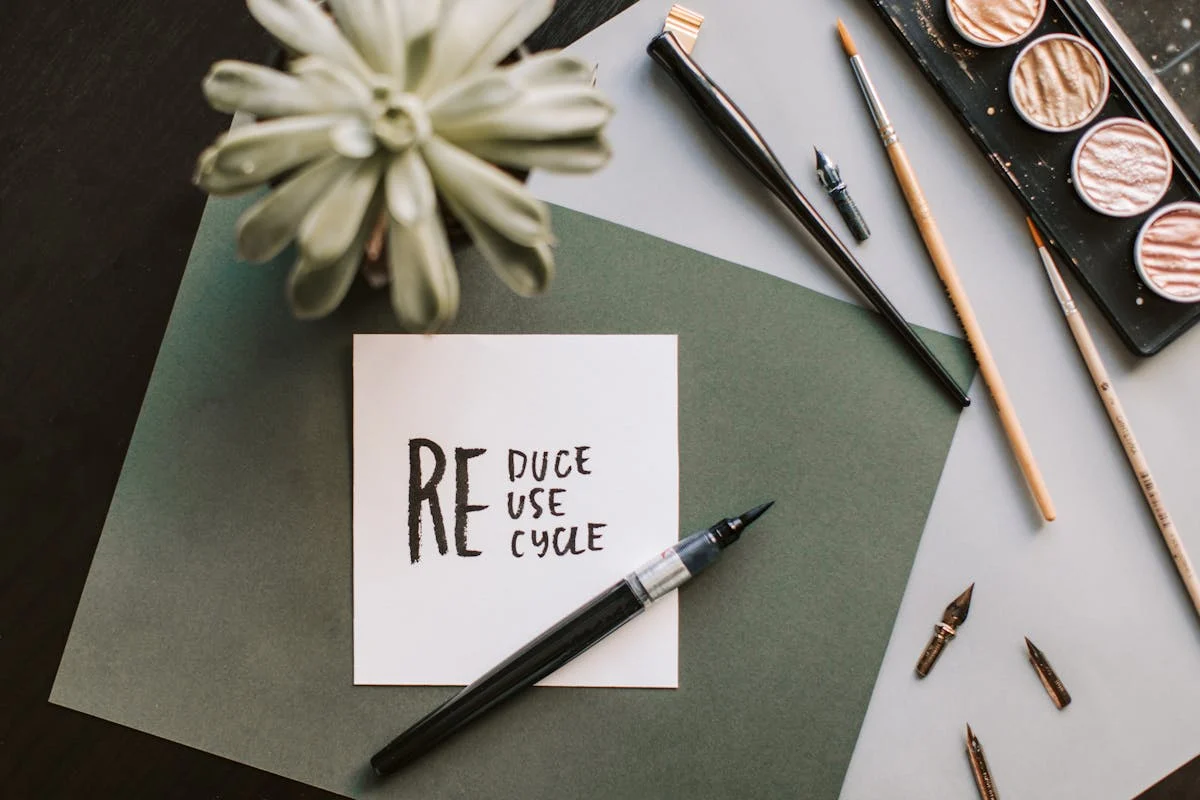Imagine a home where waste is almost non-existent. Instead of throwing things away, you swap, repair, and reuse them, keeping items in circulation for as long as possible. This is the essence of a circular economy—a system designed to minimize waste and maximize resources.
The good news? You don’t need to be an eco-warrior to make this happen. You just need a fresh perspective, a few smart habits, and a willingness to shift away from the throwaway culture.
Here’s how you can create a circular economy in your home.
1. The Art of Swapping: Give and Take Instead of Buy and Dump
Why buy new when you can swap? Whether it’s clothes, furniture, books, or even tools, swapping keeps items circulating and out of landfills.
- Clothing swaps: Gather some friends, bring clothes you no longer wear, and exchange them. It’s a win-win: new outfits for free and a reduced environmental footprint.
- Community swap events: Many local groups organize swap meets for household goods, toys, or books. Check social media for nearby events.
- Online swapping platforms: Websites and apps like Freecycle, Swap.com, Facebook Marketplace or local Facebook groups make it easy to exchange items without spending a dime.
Swapping isn’t just about getting rid of things you don’t need; it’s about keeping useful items in circulation and reducing demand for new production.
2. Repair Before You Replace: Give It a Second Life
We live in a time where it’s often cheaper to replace something than to repair it. But that mindset leads to millions of tons of waste each year. The trick? Embrace the repair culture.
- Learn basic fixes: YouTube is packed with tutorials on sewing a tear, fixing a leaky faucet, or reviving a slow laptop.
- Join a Repair Café: These community events bring people together to fix broken items—electronics, clothes, bikes, and more. No experience is needed, just curiosity!
- Invest in quality tools: A small set of screwdrivers, a sewing kit, and some superglue can extend the life of countless household items.
Before tossing something, ask yourself: Can I fix this? The answer is often yes.
3. Reuse, Repurpose, and Upcycle: Give New Purpose to Old Things
Not everything can be swapped or repaired, but that doesn’t mean it has to go in the bin. With a little creativity, old items can find new life.
- Glass jars → Great for food storage, organizing office supplies, or even as plant pots.
- Old t-shirts → Turn them into cleaning rags, tote bags, or even pillowcases.
- Broken furniture → Upcycle wood into shelves, garden planters, or unique décor pieces.
Repurposing not only reduces waste but sparks creativity. Once you start, you’ll see endless
possibilities in things you once considered trash.
4. Shop Smarter: Buy Only What Lasts
A circular economy thrives on quality over quantity. When you do need to buy something new, make it count.
- Choose durable materials: Invest in well-made, long-lasting products rather than disposable alternatives.
- Support sustainable brands: Look for companies that offer repair programs or take back their products for recycling.
- Think second-hand first: Thrift stores, online marketplaces, and vintage shops are goldmines for high-quality items.
A simple rule: If it won’t last, don’t buy it.
5. Handle Waste Wisely: Reduce, Compost, and Consider Skip Hire
Despite your best efforts, some things will eventually become waste. How you handle it makes all the difference.
- Compost organic waste: Food scraps and yard waste don’t belong in a landfill—they can nourish your garden instead.
- Sort recyclables properly: Know your local recycling rules to make sure items are processed correctly.
- Consider skip hire for large cleanouts: If you’re decluttering or renovating, renting a skip (waste bin) can help manage bulk waste responsibly—just choose a company that prioritizes recycling.
Every piece of waste that’s properly managed is a step toward a more circular home.
Final Thoughts: Small Steps, Big Impact
Creating a circular economy in your home isn’t about perfection. It’s about making small, sustainable choices every day. Swap instead of buy. Repair instead of replace. Reuse instead of discard.

